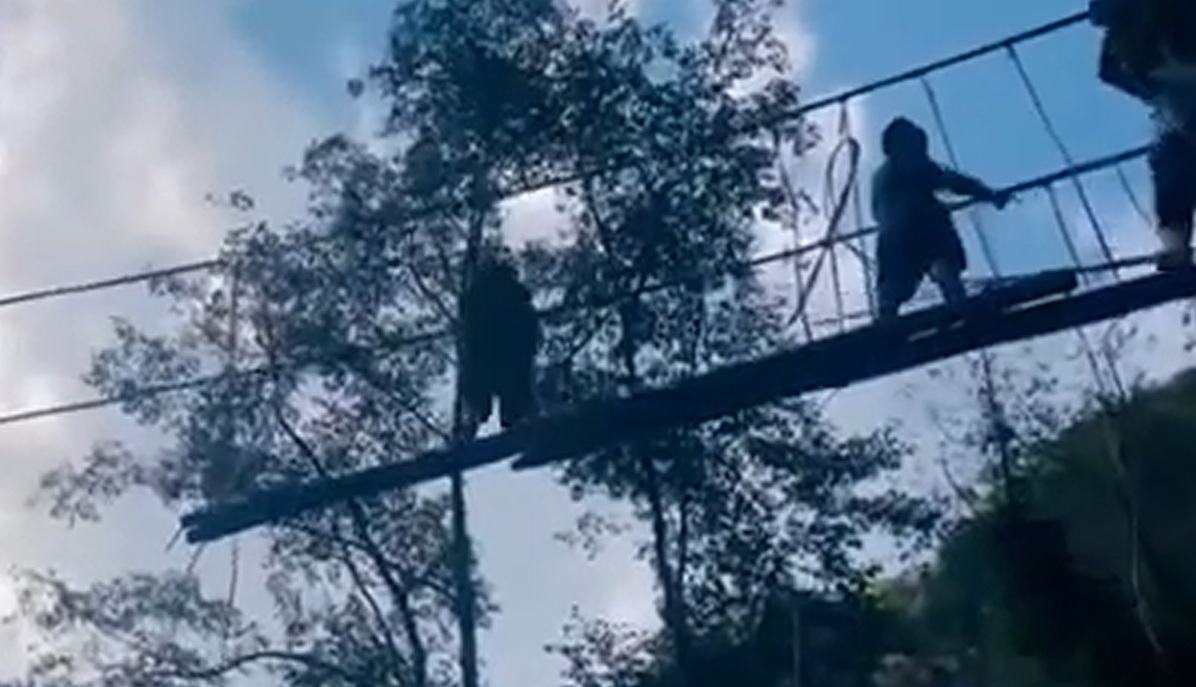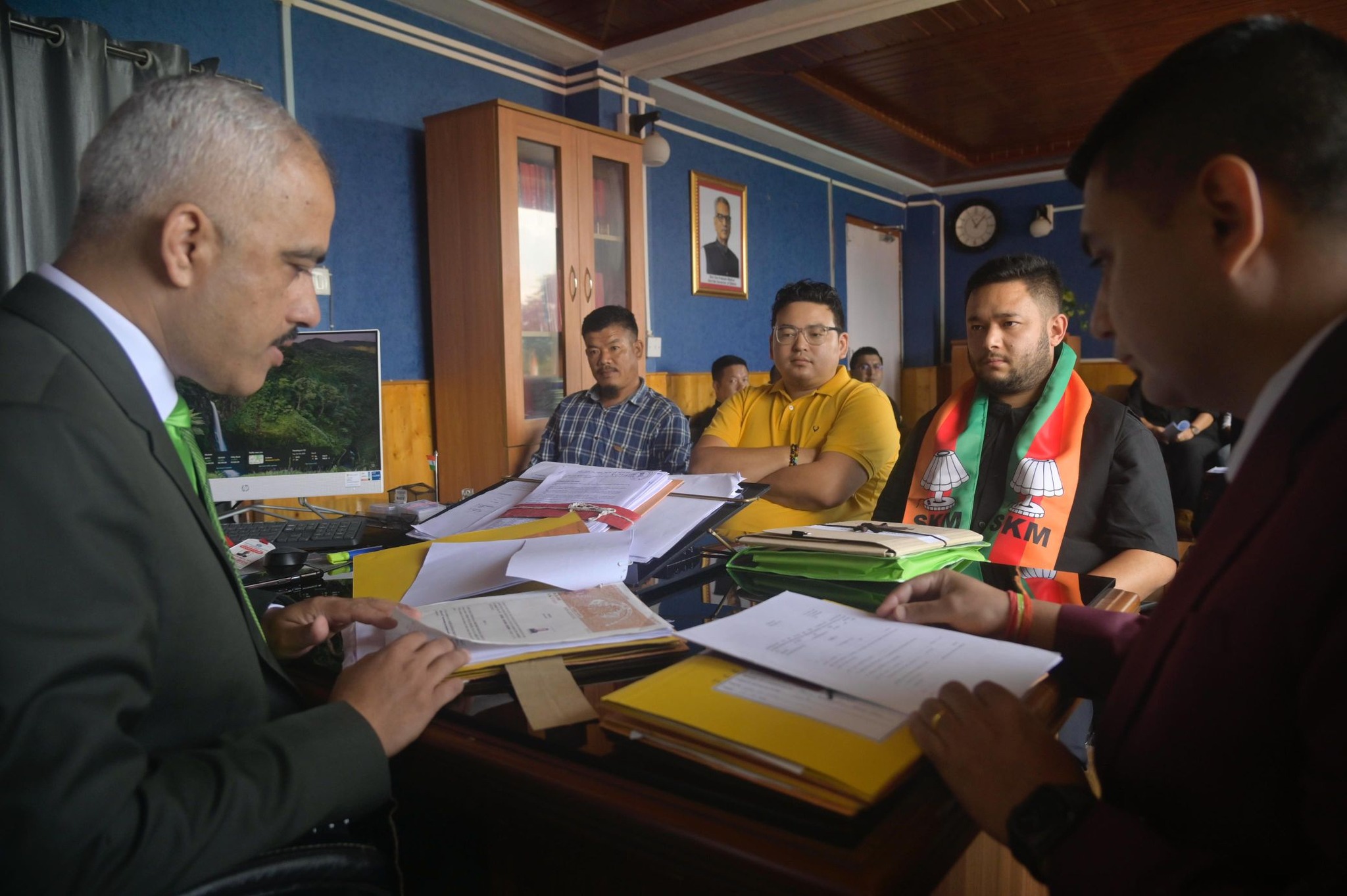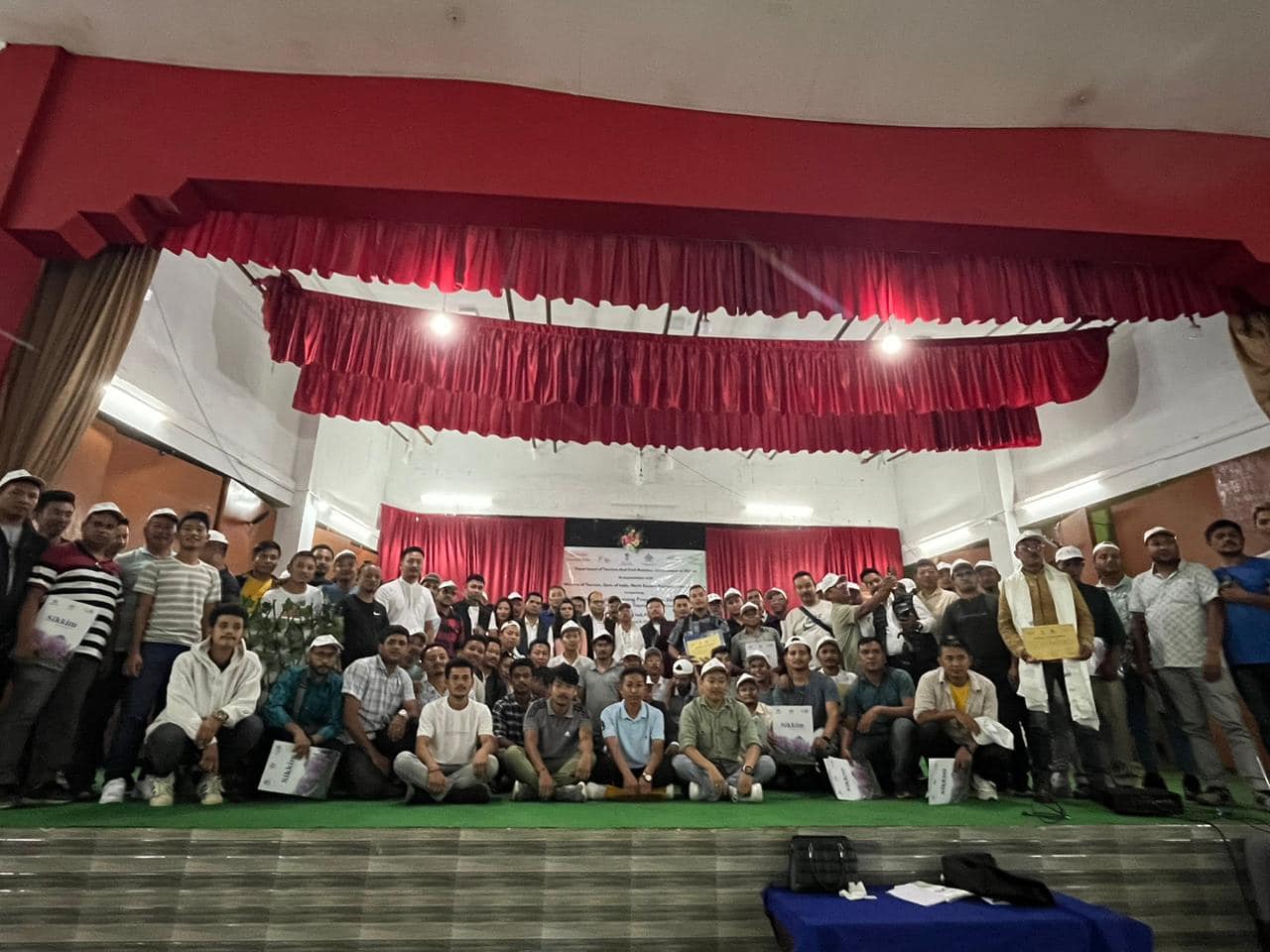
Mangan, Nov 9: The Government of Sikkim’s Department of Science and Technology has launched the Ru-Soam Initiative, a unique effort to revive and preserve the traditional Lepcha Cane Suspension Bridge, an engineering marvel deeply rooted in the cultural identity of the Lepcha community.
The Ru-Soam, crafted from cane and bamboo, reflects the Lepchas’ intimate connection with nature and their profound understanding of sustainable living. These bridges once linked remote valleys and villages across the rugged terrains of Sikkim, serving not only as vital pathways but also as cultural symbols of unity, skill, and respect for the environment.
The initiative aims to document, reconstruct, and showcase this traditional knowledge, first admired as early as 1848 by the British botanist and explorer J.D. Hooker, who described the Lepcha bridges as ingenious works of indigenous craftsmanship.
Through this project, the government seeks to empower local artisans, encourage eco-friendly tourism, and promote Sikkim’s living cultural traditions toward recognition as Intangible Cultural Heritage at both national and international levels.
The video release for the Ru-Soam Initiative was issued by Mr. Rajdeep Gurung, Assistant Scientific Officer, Department of Science and Technology, Government of Sikkim.






